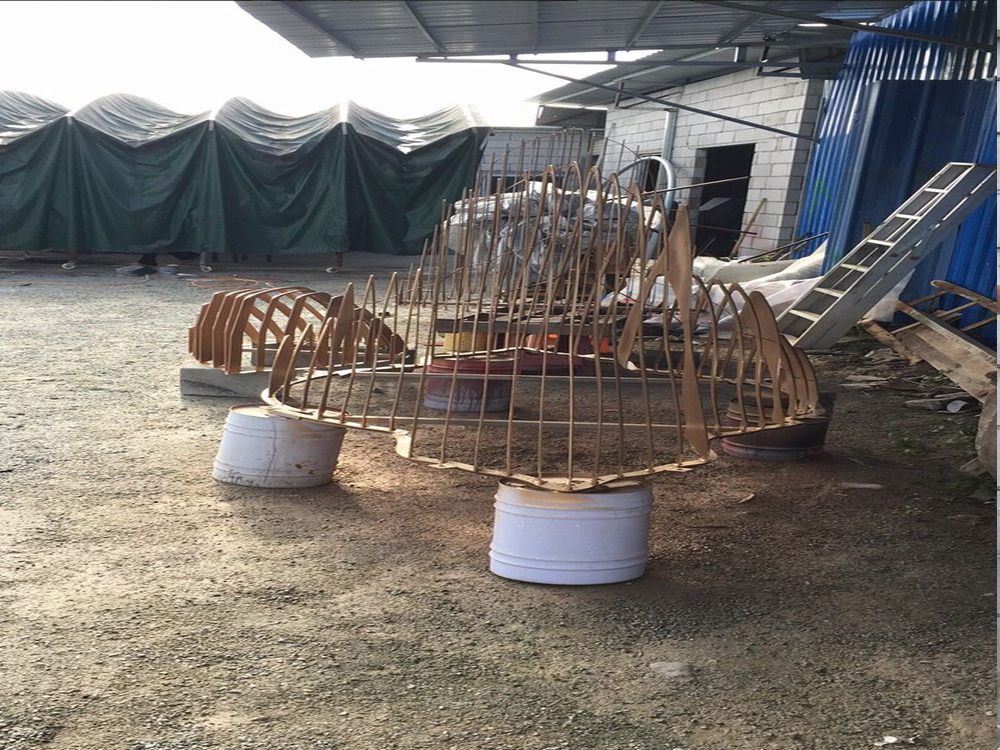
Designing metal sculptures for temporary exhibitions requires a unique blend of creativity and practicality. Unlike permanent installations, these artworks must balance aesthetic appeal with logistical constraints. Here are the most important considerations:
1. Material Durability: Choose metals that withstand environmental factors like humidity and temperature changes, ensuring the sculpture remains intact throughout the exhibition.
2. Portability and Assembly: Temporary sculptures should be easy to transport, assemble, and disassemble. Modular designs or lightweight metals like aluminum can simplify logistics.
3. Aesthetic Flexibility: The sculpture should complement the exhibition’s theme while standing out as a focal point. Consider how lighting and placement enhance its visual impact.
4. Safety and Stability: Ensure the sculpture is securely anchored to prevent accidents, especially in high-traffic areas. Temporary bases or non-invasive mounting methods are ideal.
5. Budget and Timeline: Factor in production costs and deadlines. Temporary exhibitions often have tighter schedules, so efficient fabrication and installation are crucial.
By addressing these elements, artists and curators can create striking metal sculptures that captivate audiences while meeting the practical demands of temporary displays.

